Chesapeake Bay Retriever
Chessie
 akc
akc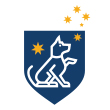 ankc
ankc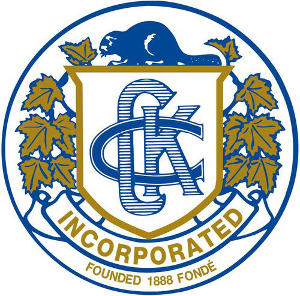 ckc
ckc fci
fci nzkc
nzkc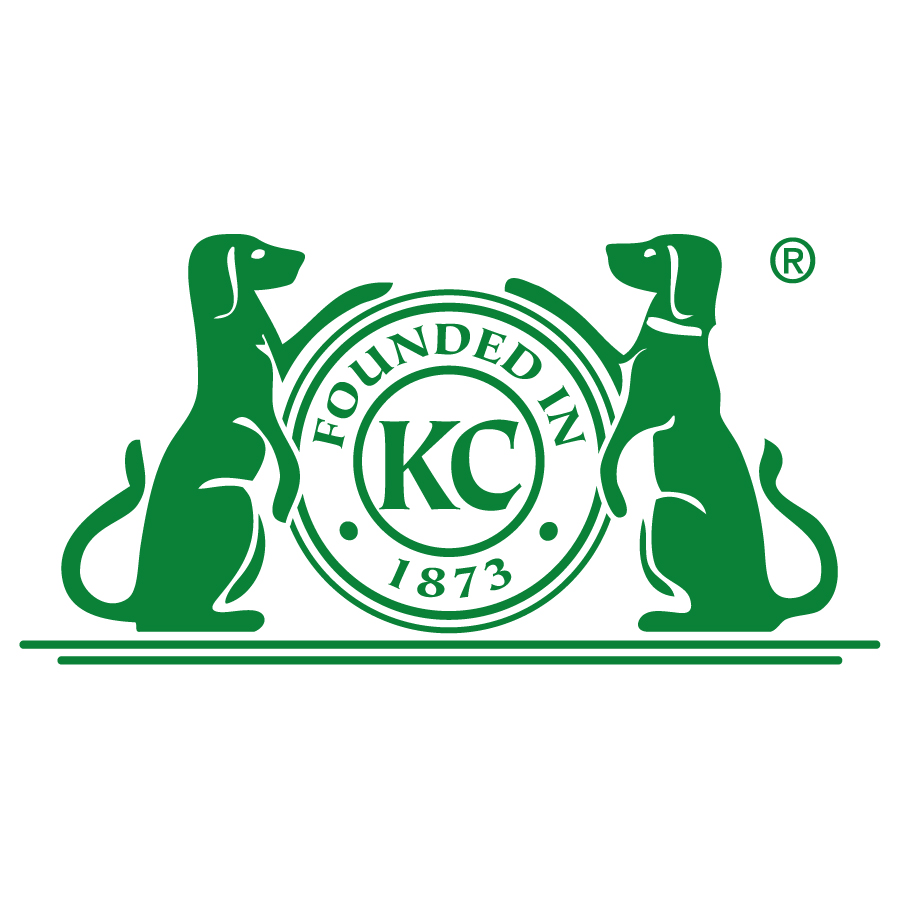 rkc
rkc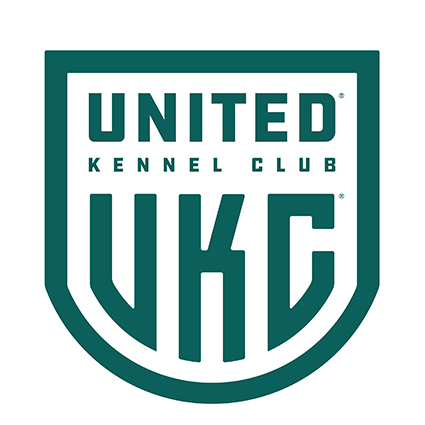 ukc
ukc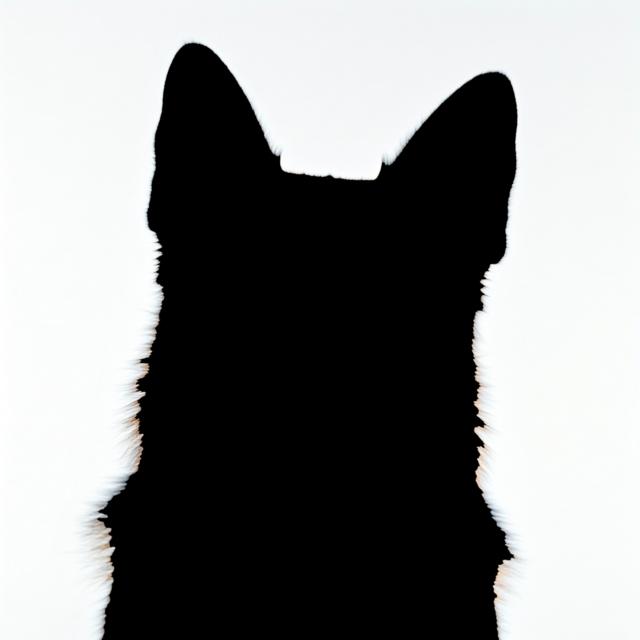
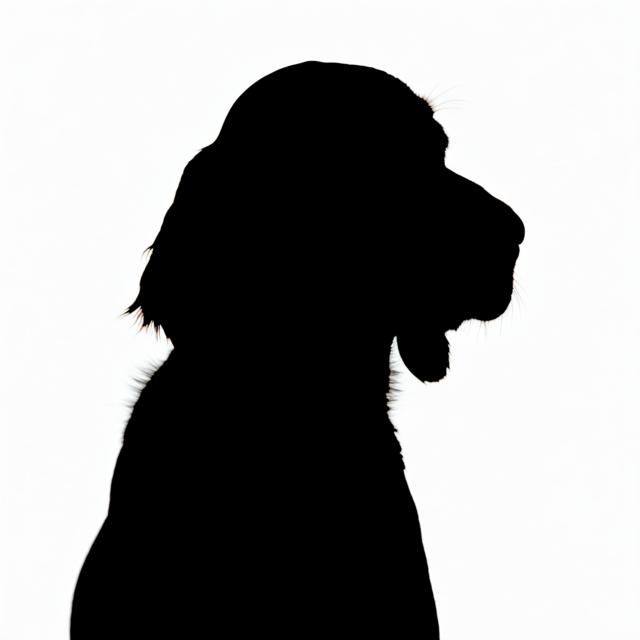
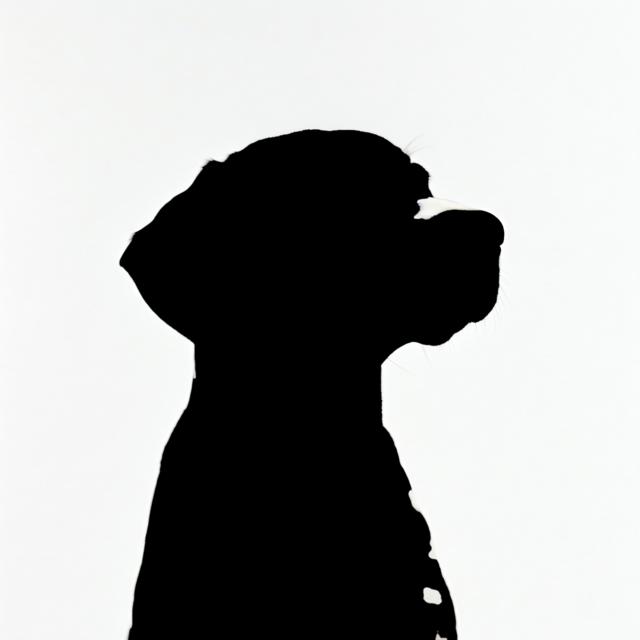
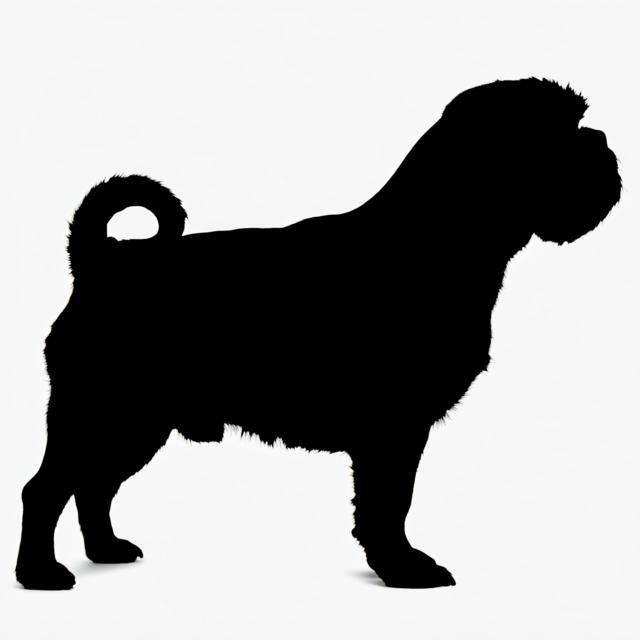
Summary
- The Chesapeake Bay Retriever is a medium to large sized sporting dog originally from the United States, known for their prowess as waterfowl retrievers and their protective nature. They are intelligent and affectionate with family, but can be reserved with strangers and require substantial exercise.
Origin and Purpose
- United States
- Waterfowl retrieval
Appearance
Dimensions
| Gender | Height | Weight |
|---|---|---|
| Female | 21-24 inches | 55-70 pounds |
| Male | 23-26 inches | 65-80 pounds |
Coat
| Attribute | Notes |
|---|---|
| Color |
|
| Type |
|
| Length |
|
Care
| Attribute | Notes |
|---|---|
| Shedding |
|
| Grooming |
|
| Drooling |
|
Body
| Attribute | Notes |
|---|---|
| Head |
|
| Skull |
|
| Ears |
|
| Eyes |
|
| Nose |
|
| Muzzle |
|
| Teeth |
|
| Neck |
|
| Forequarters |
|
| Fore Legs |
|
| Hindquarters |
|
| Hind Legs |
|
| Feet |
|
| Tail |
|
| Gait |
|
Temperament
- Intelligent
- Affectionate
- Protective
- Courageous
- Hardworking
- Independent
- Can be reserved with strangers
Social
| Attribute | Notes |
|---|---|
| Affectionate with Family |
|
| Good with Children |
|
| Good with Dogs |
|
| Good with Cats |
|
| Openness to Strangers |
|
| Playfulness Level |
|
| Protective Nature |
|
| Adaptability Level |
|
Working Roles
- Waterfowl retriever
- Hunting companion
- Search and rescue
Exercise Needs
- High
Health
- Hip dysplasia
- Progressive retinal atrophy (PRA)
- Elbow dysplasia
- Exercise-induced collapse (EIC)
Additional Notes
- They require early socialization and consistent training.
- They thrive on mental and physical activity
- Excellent swimmers